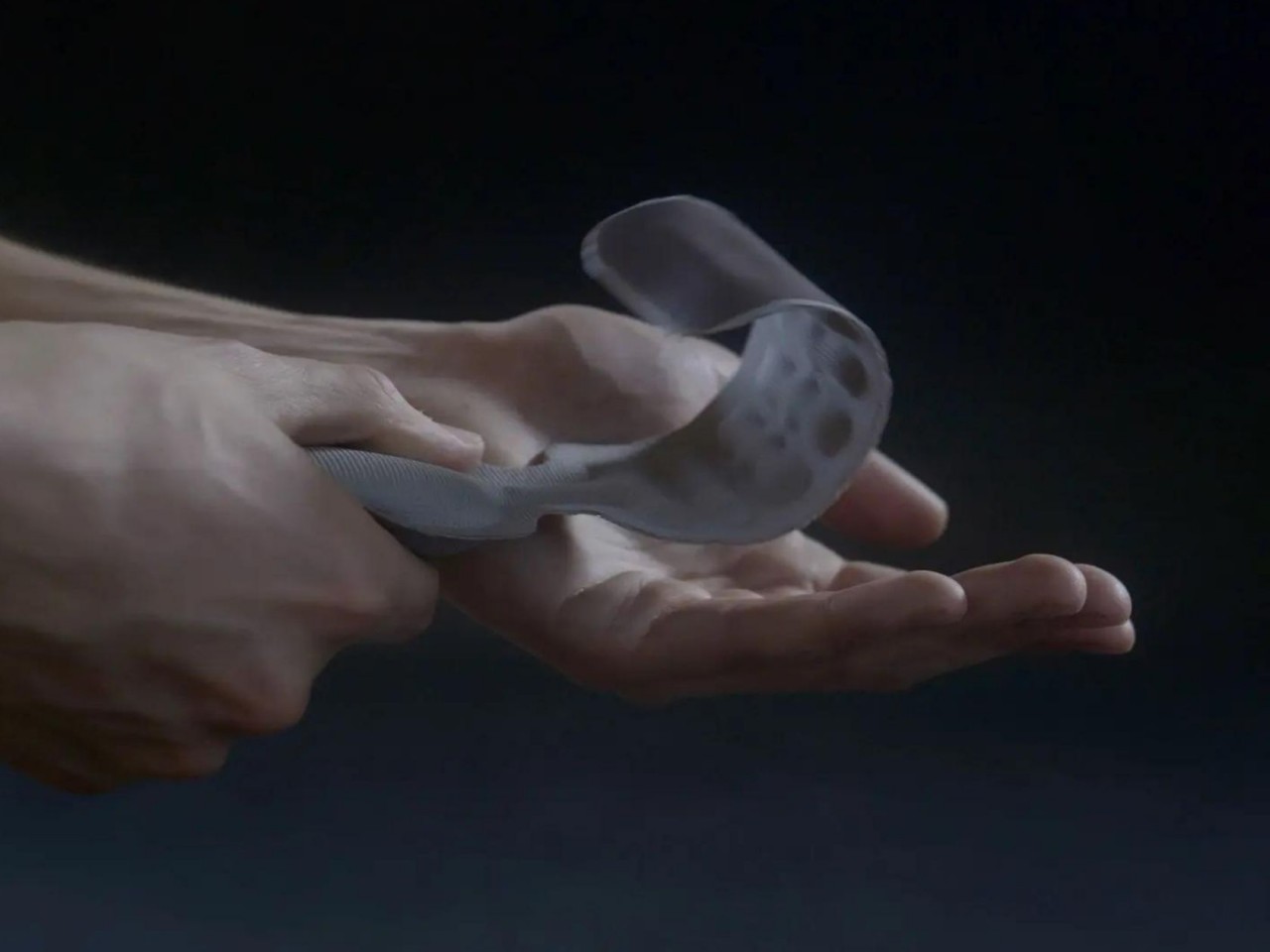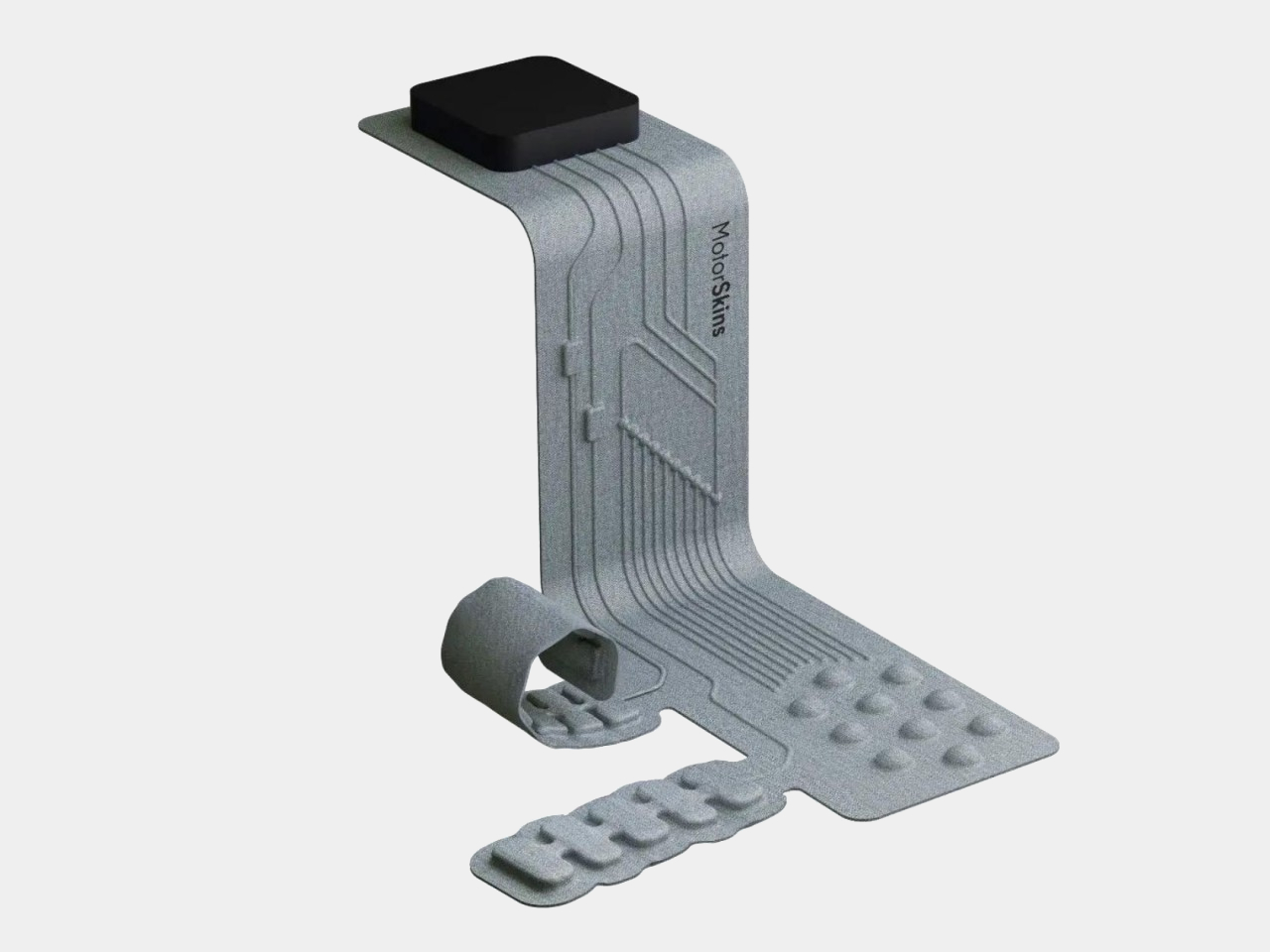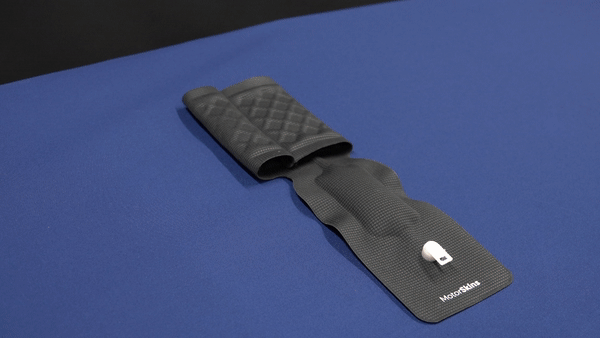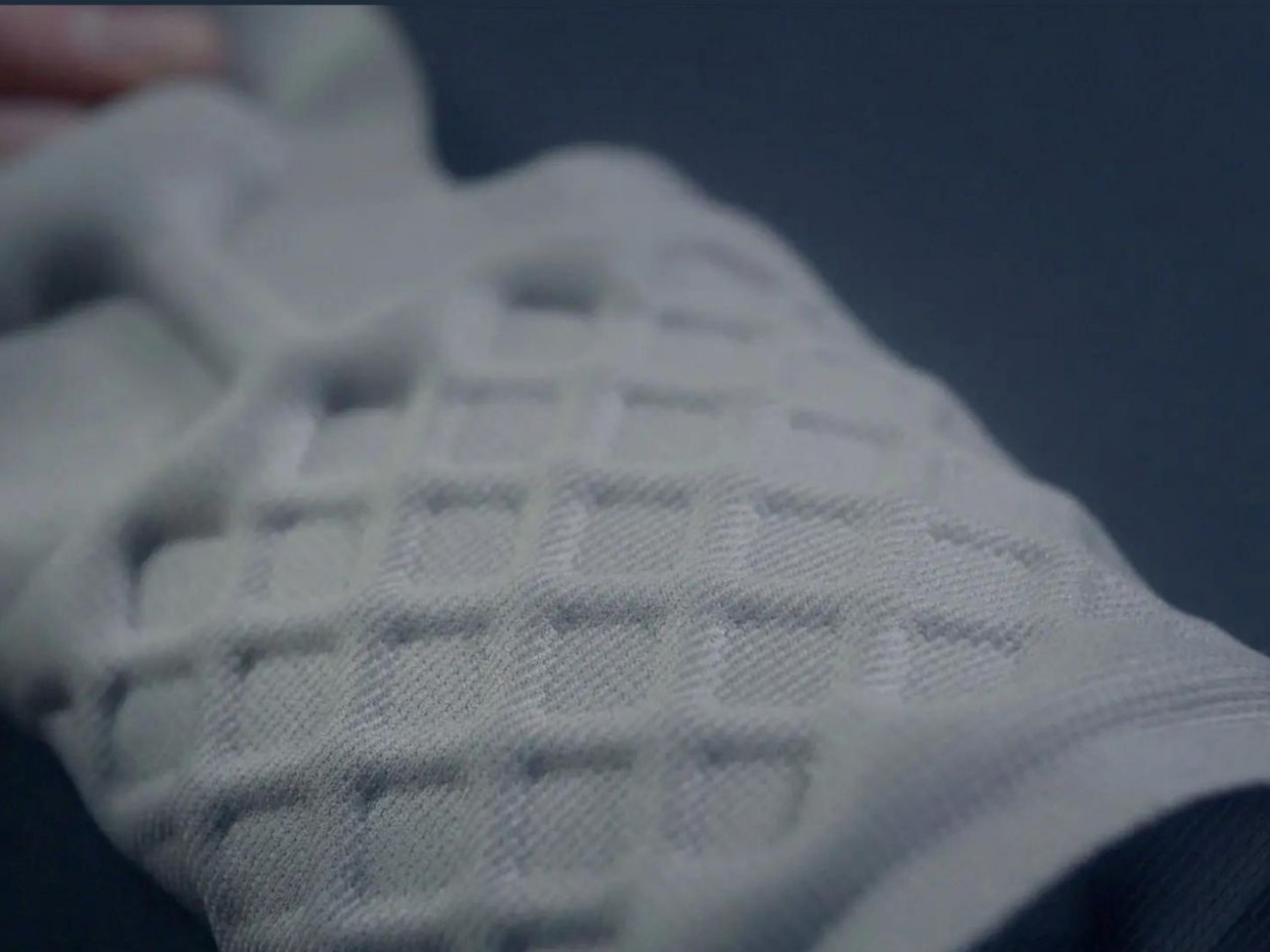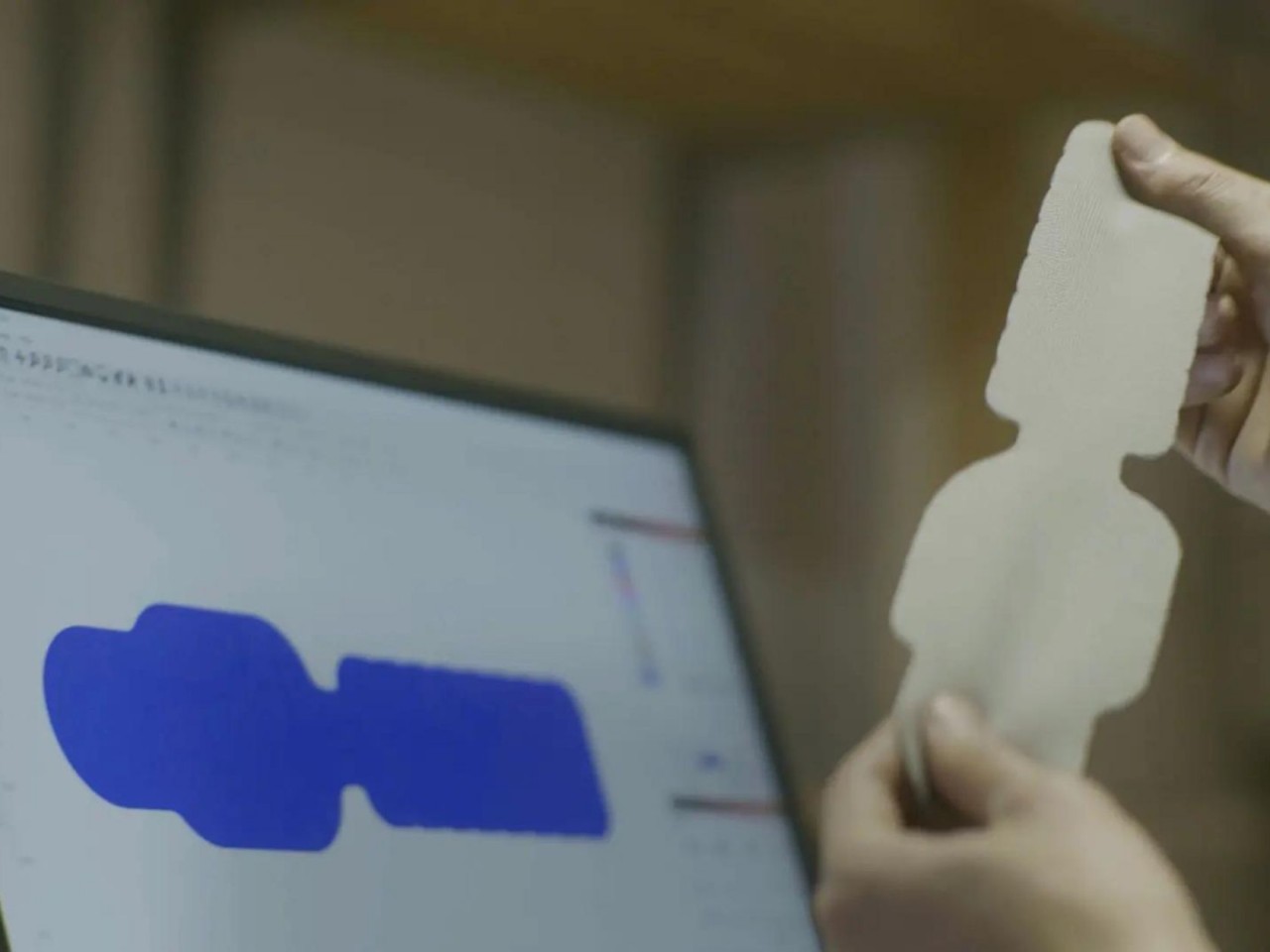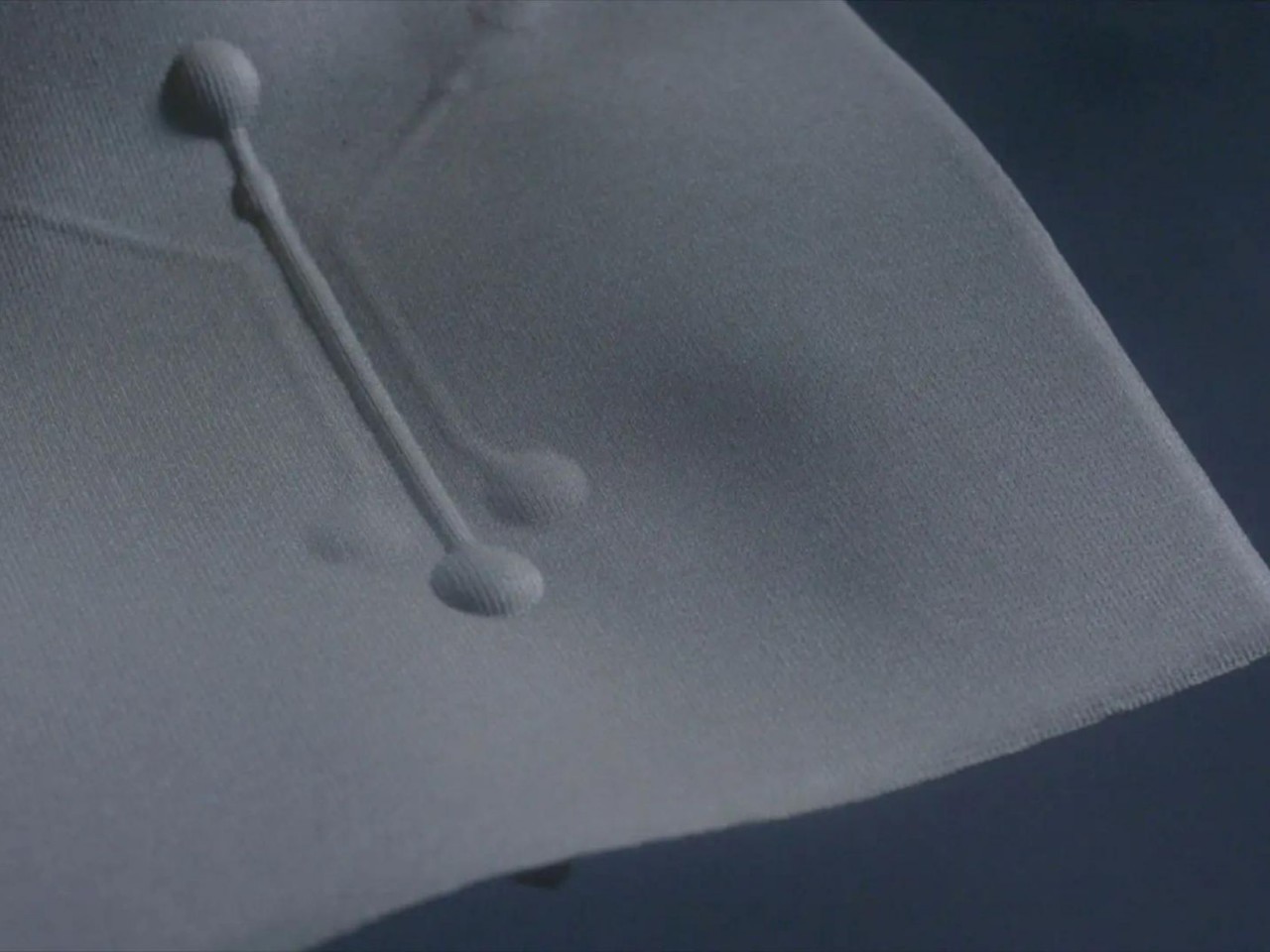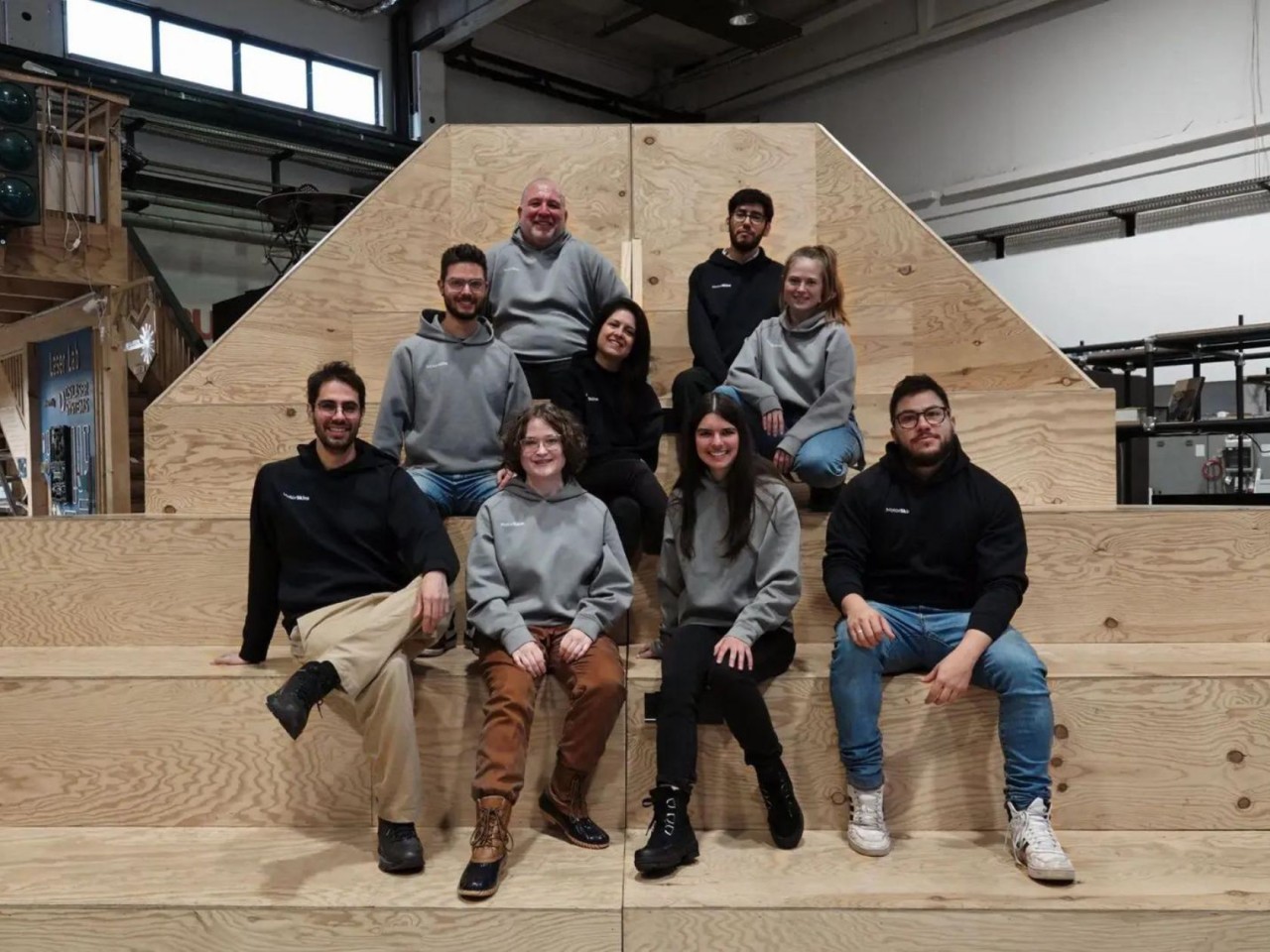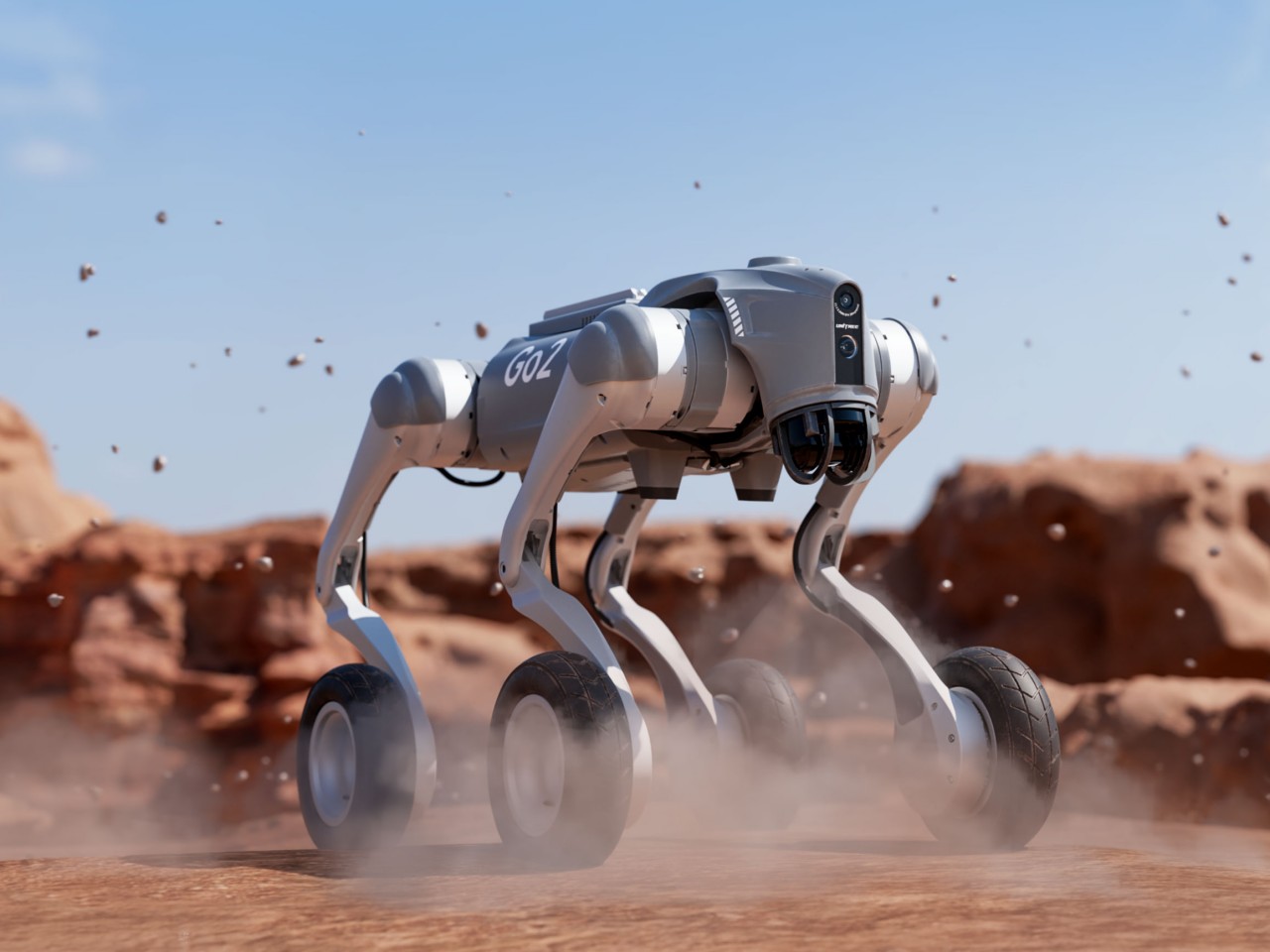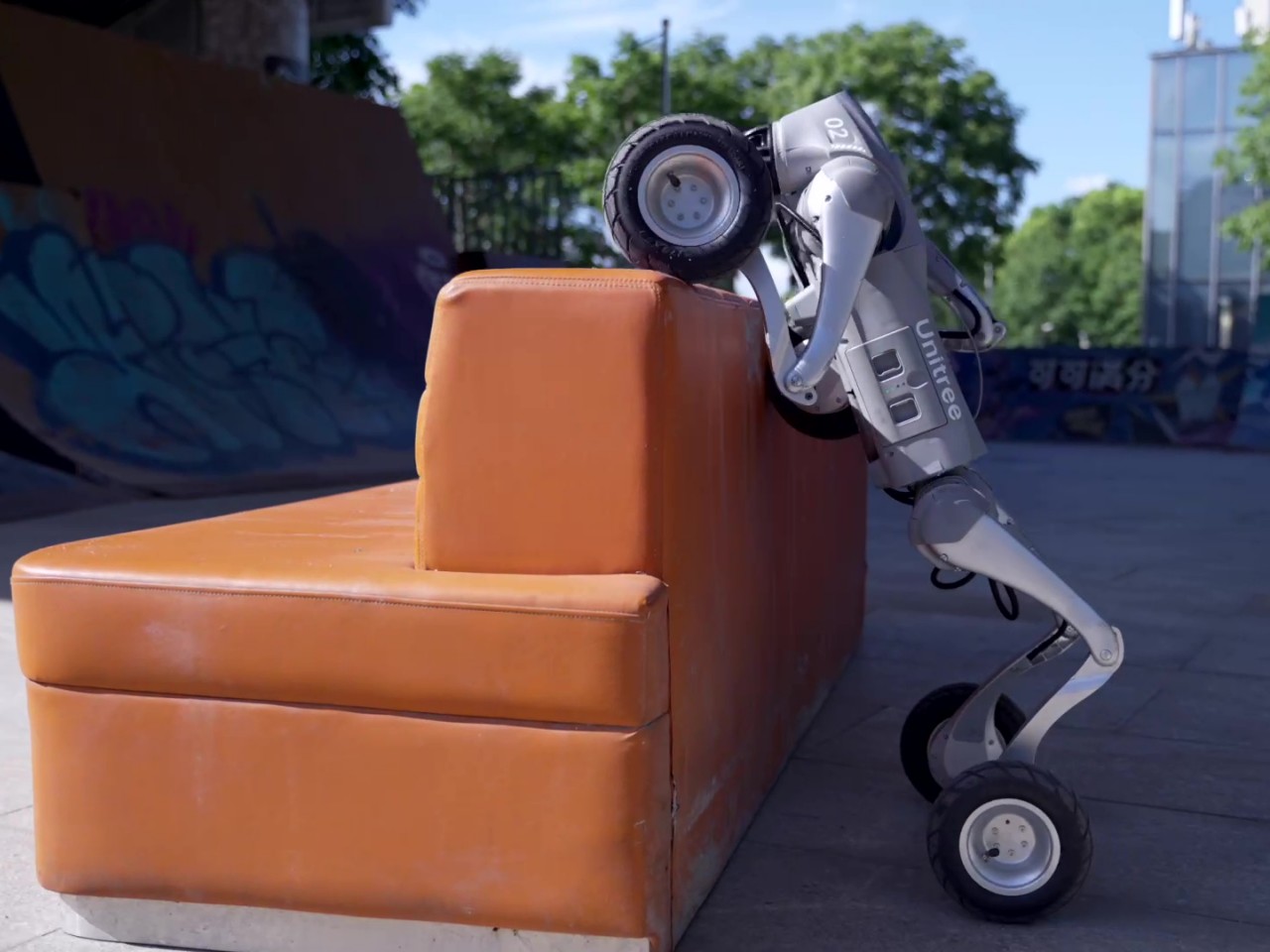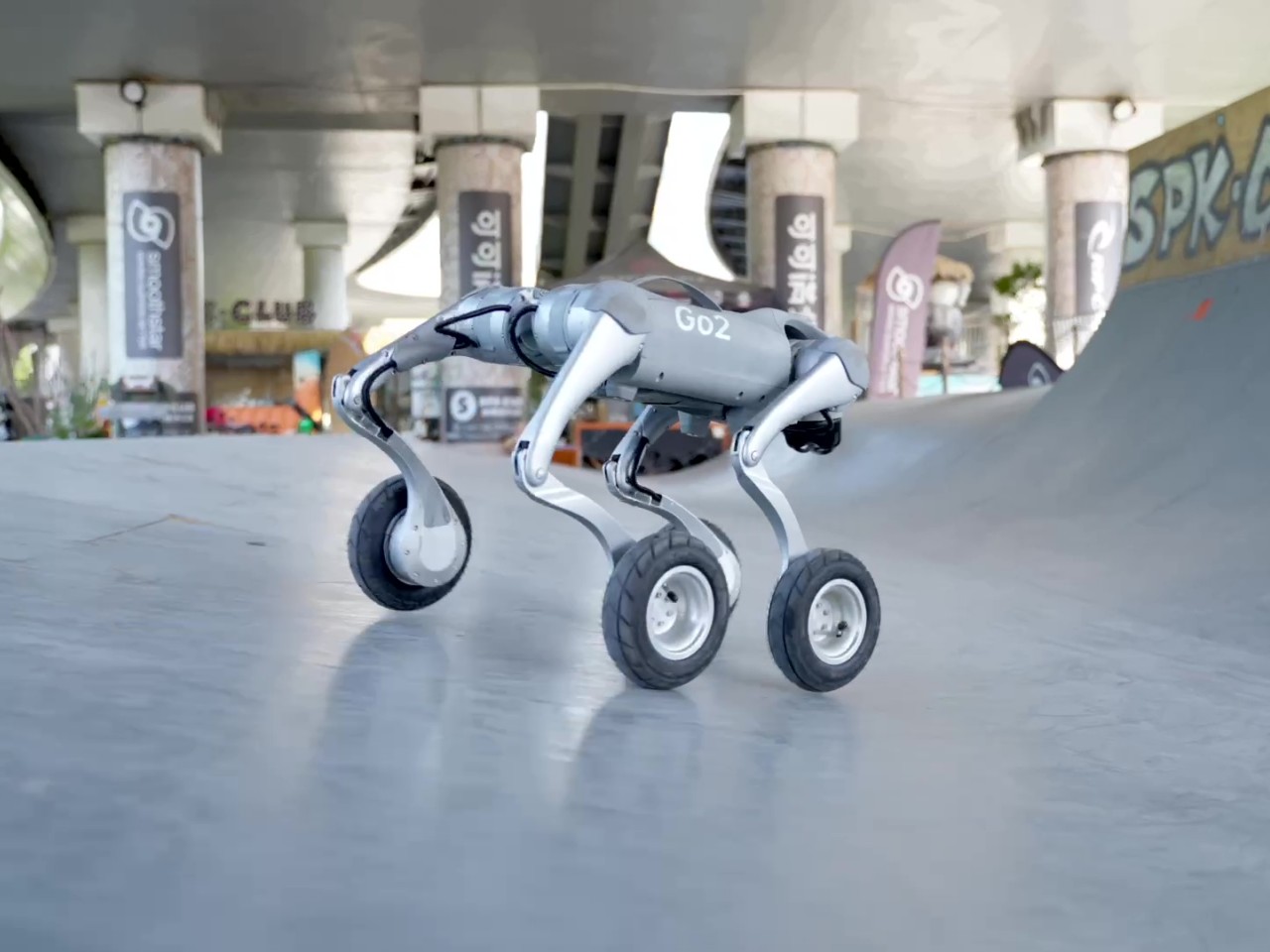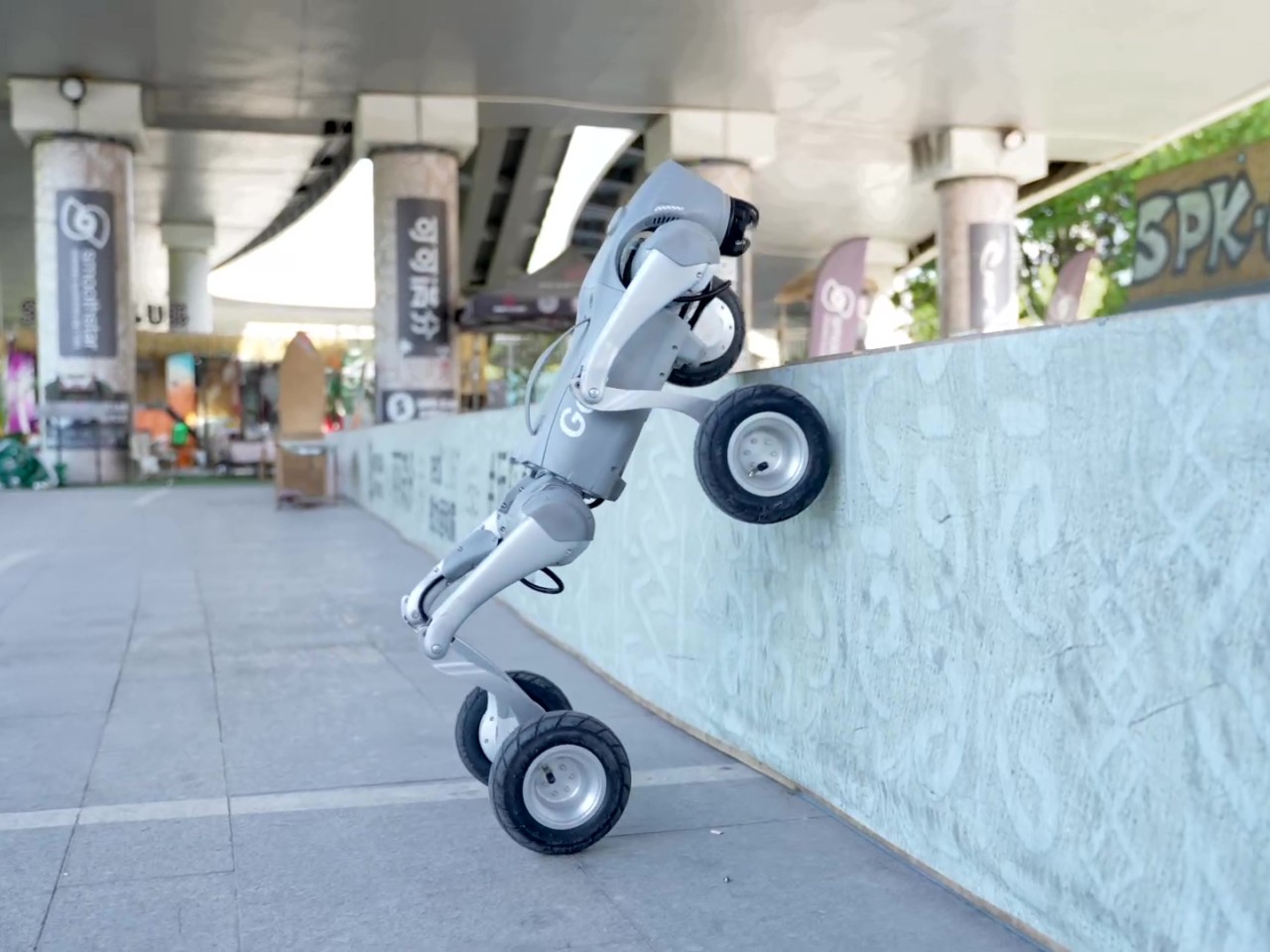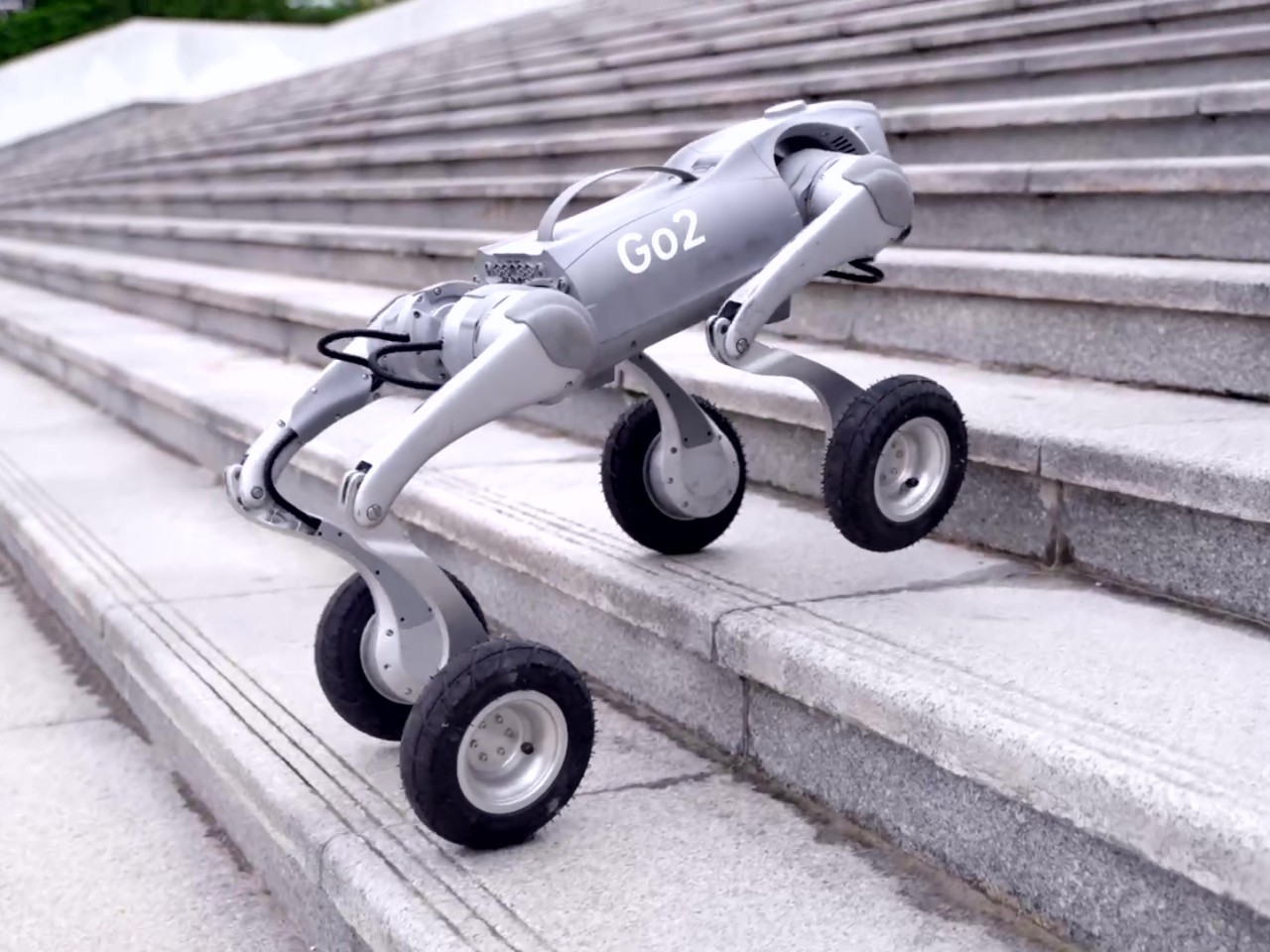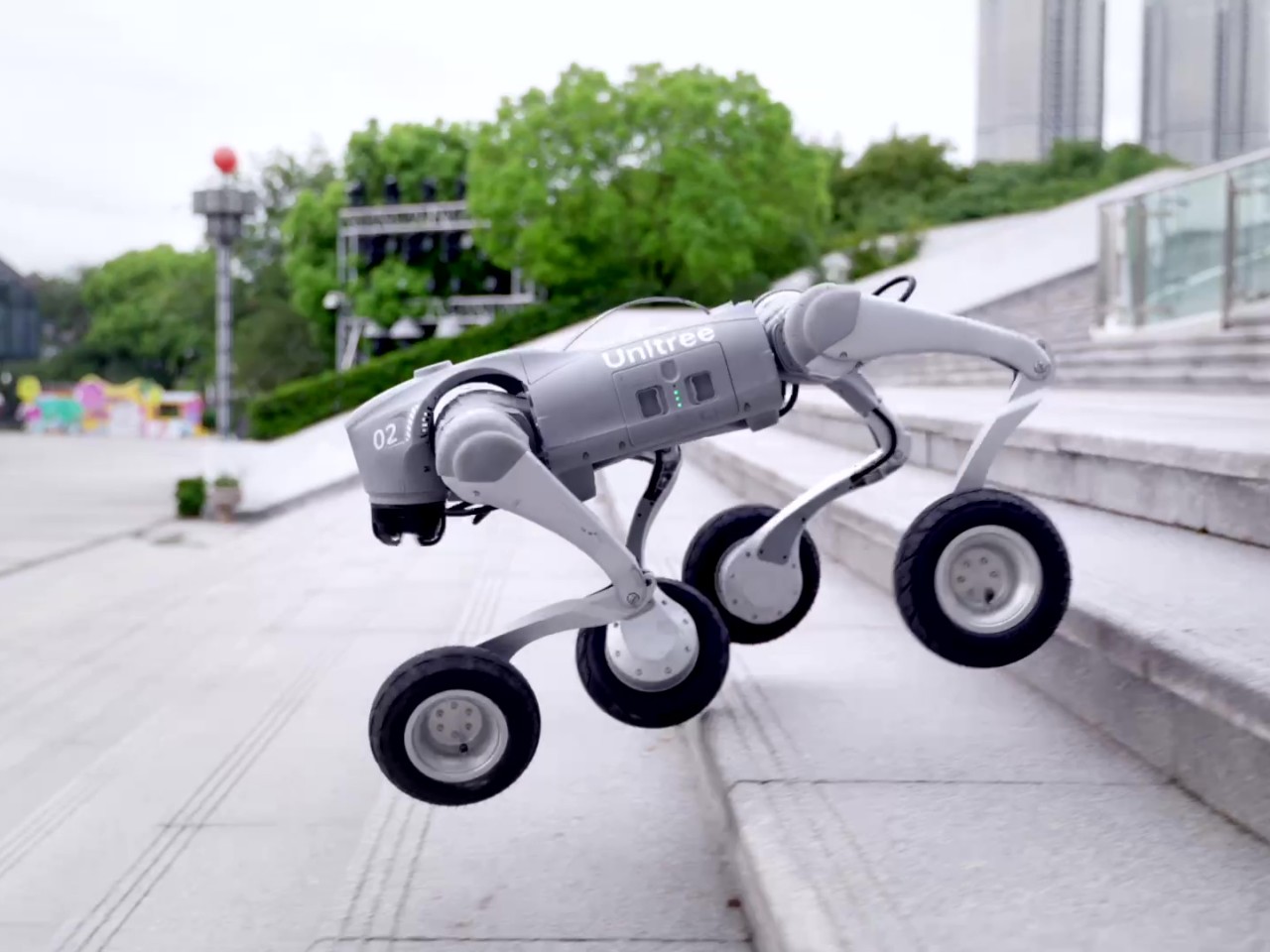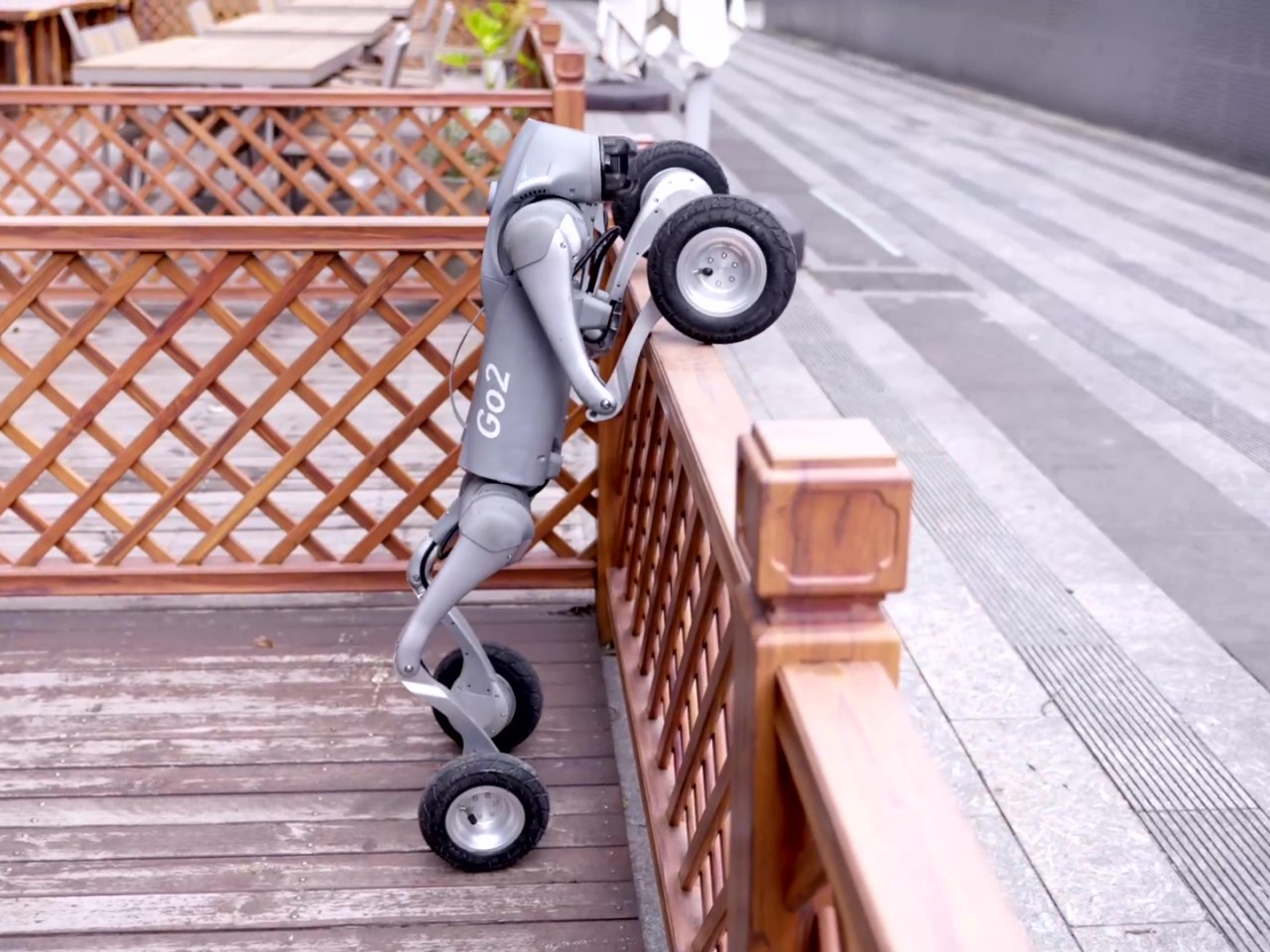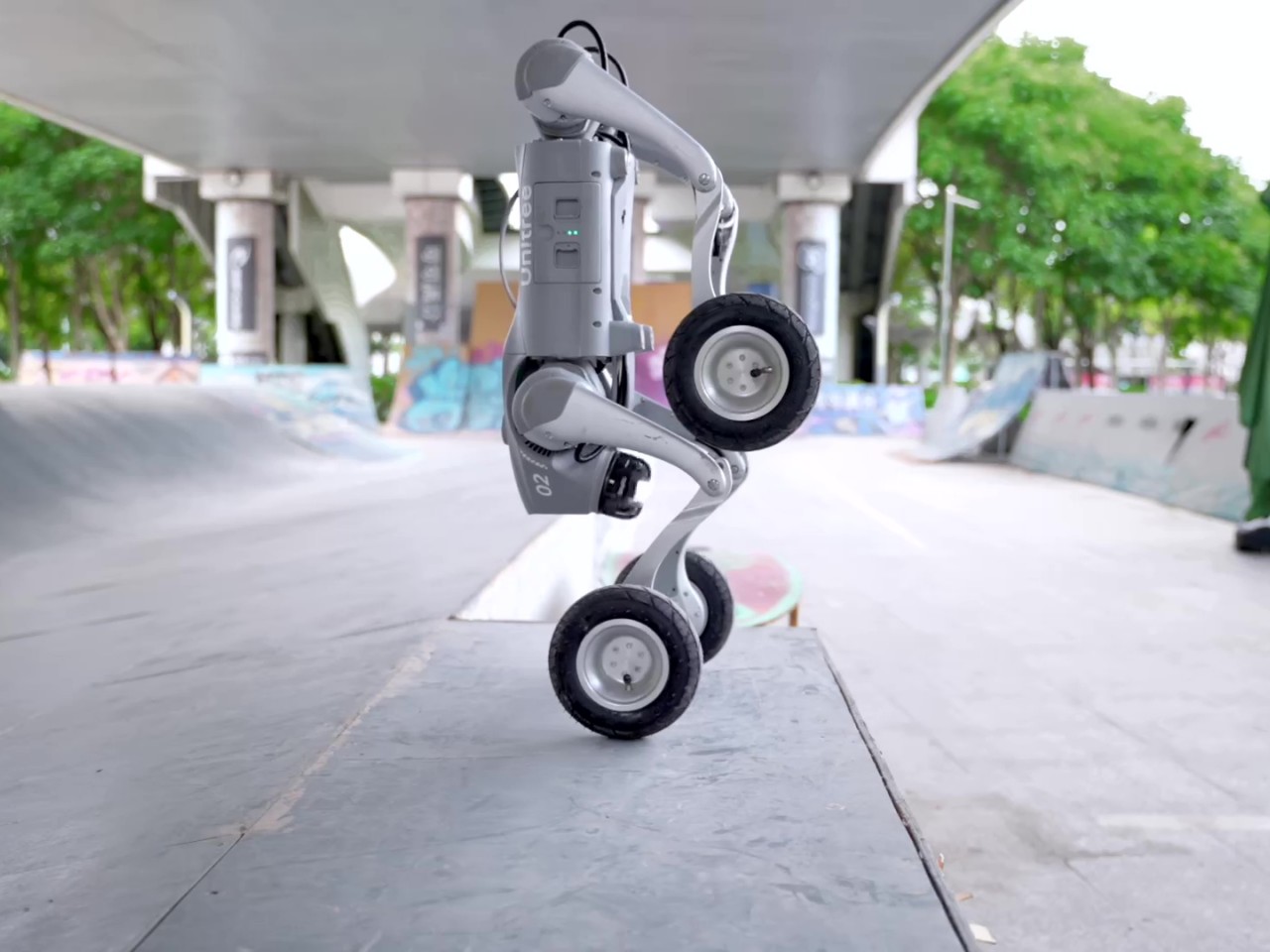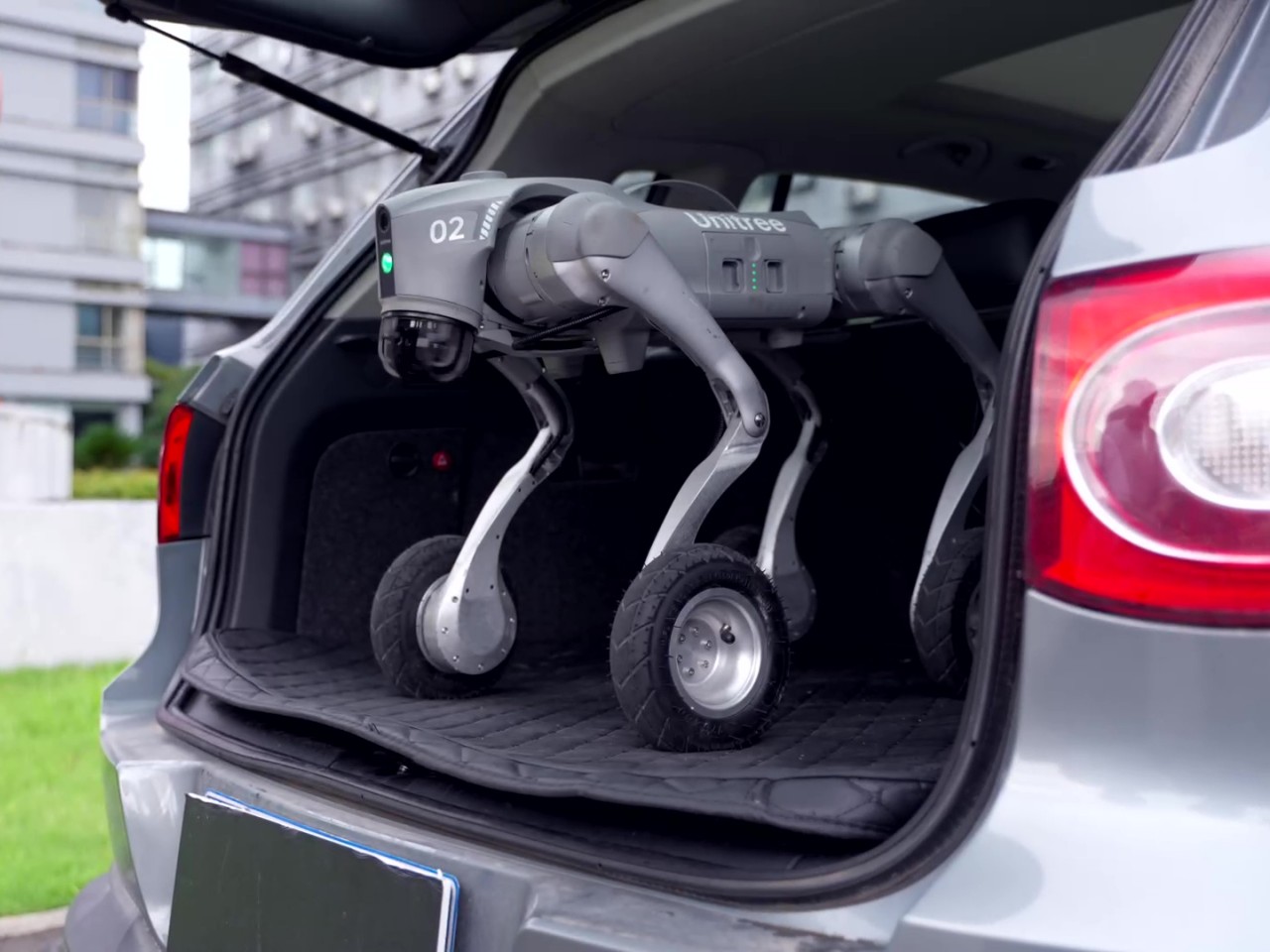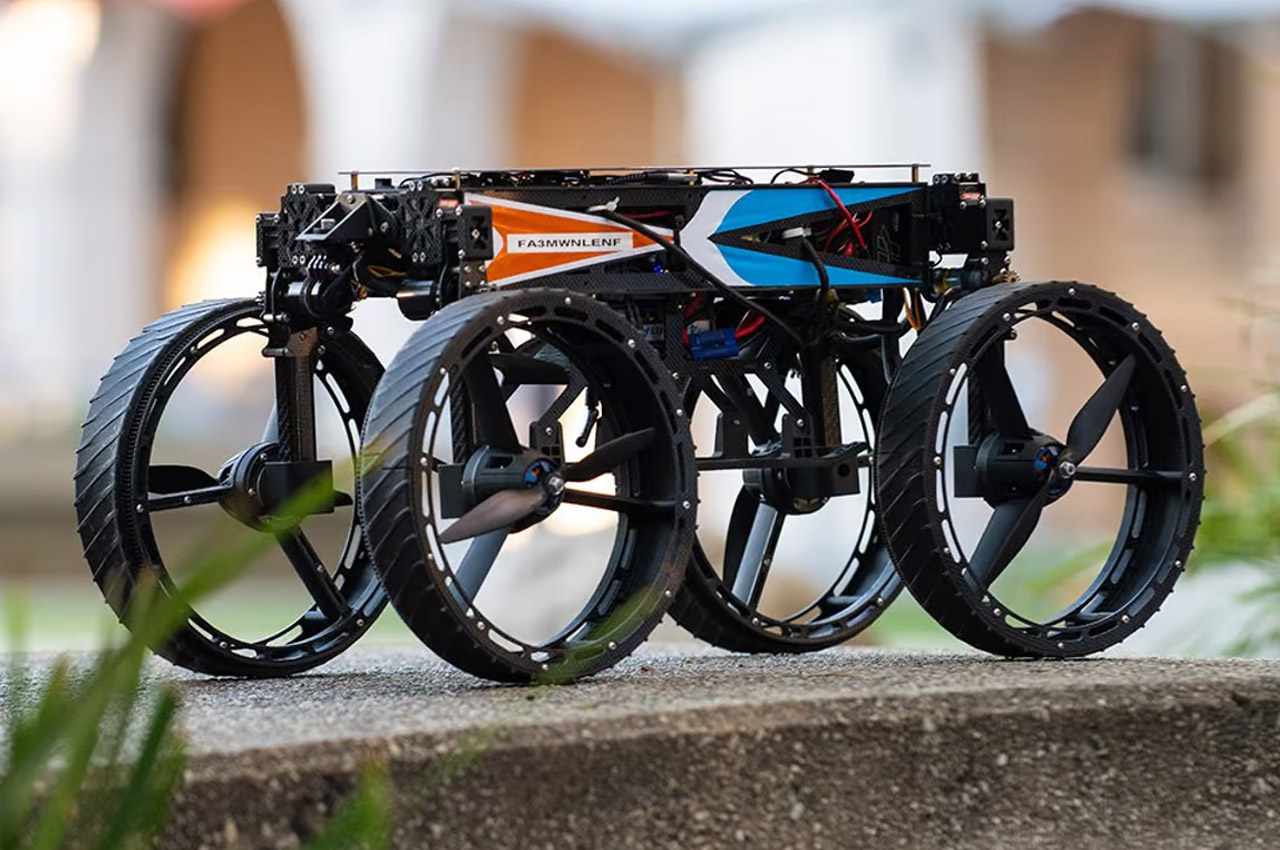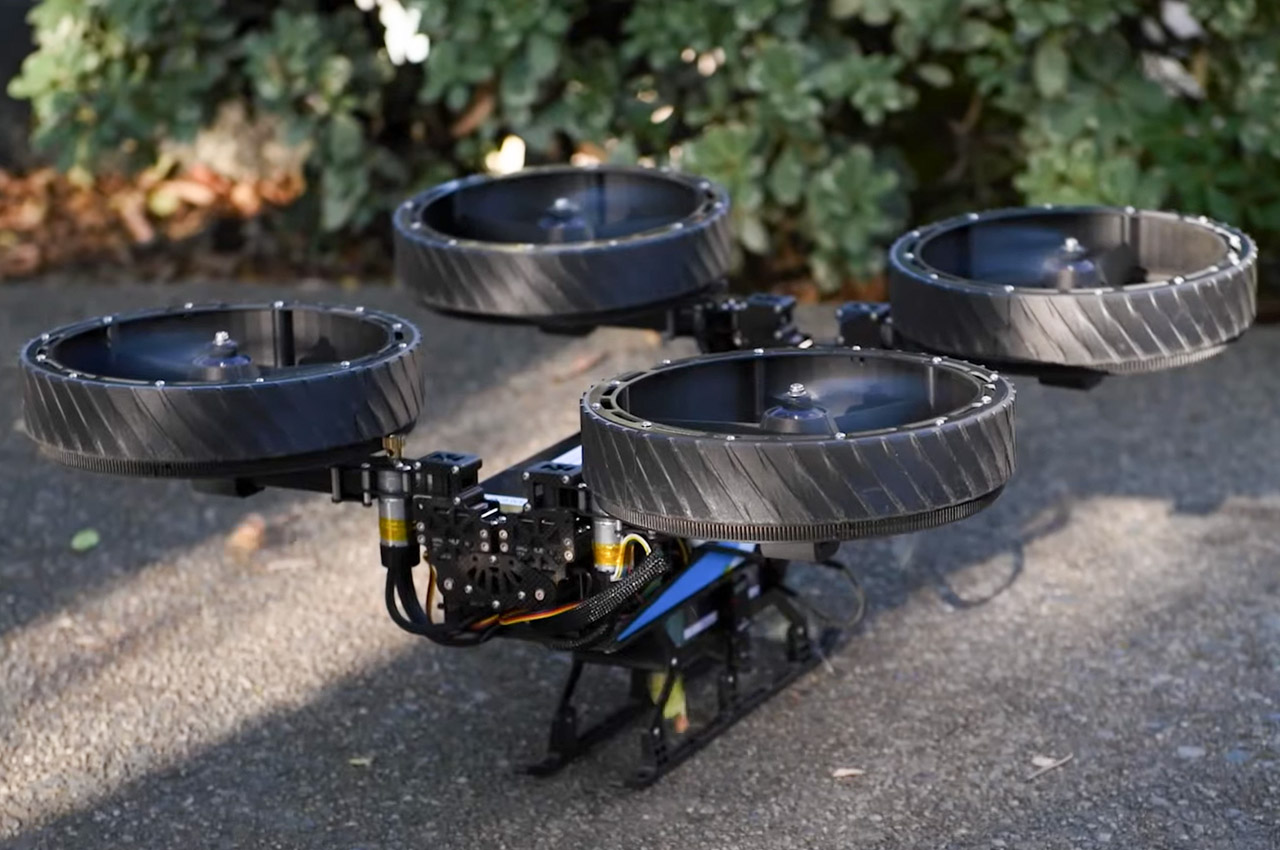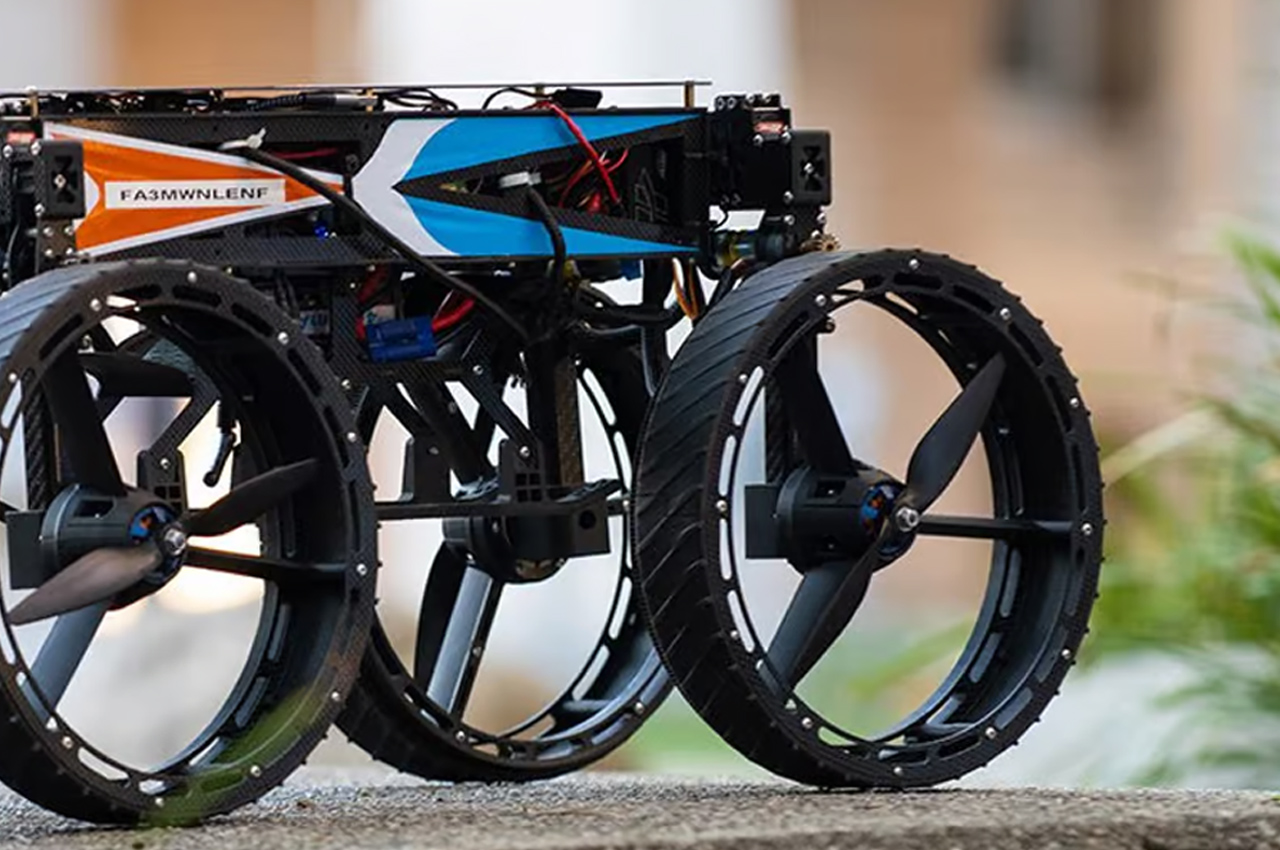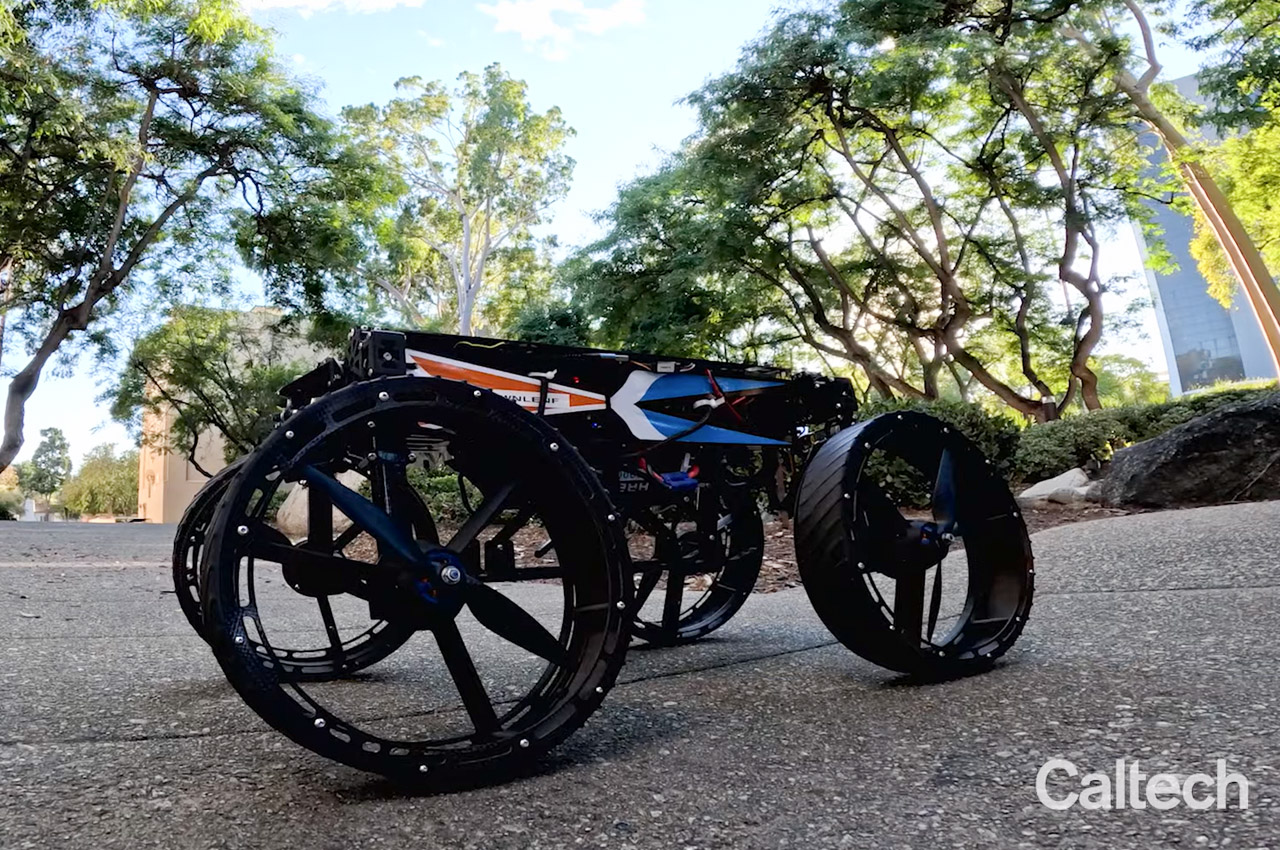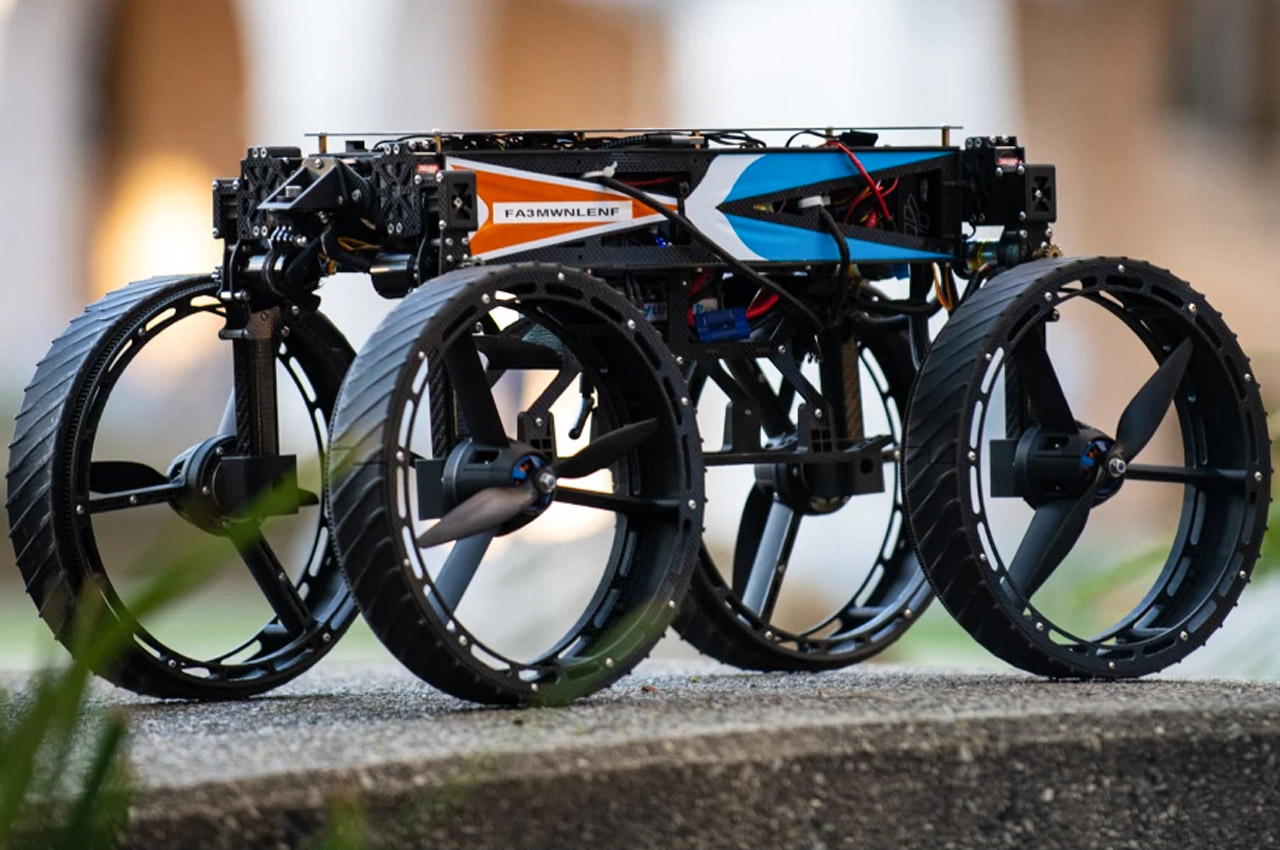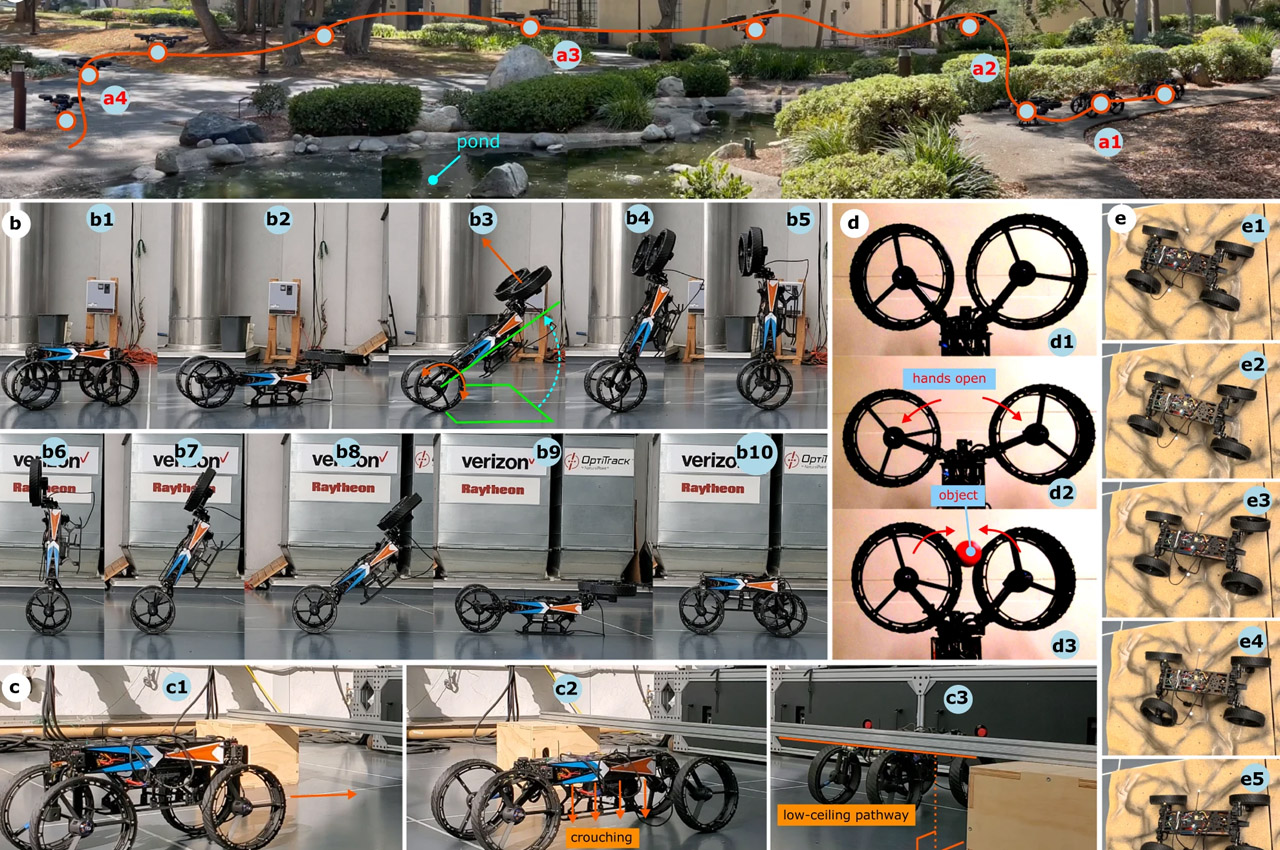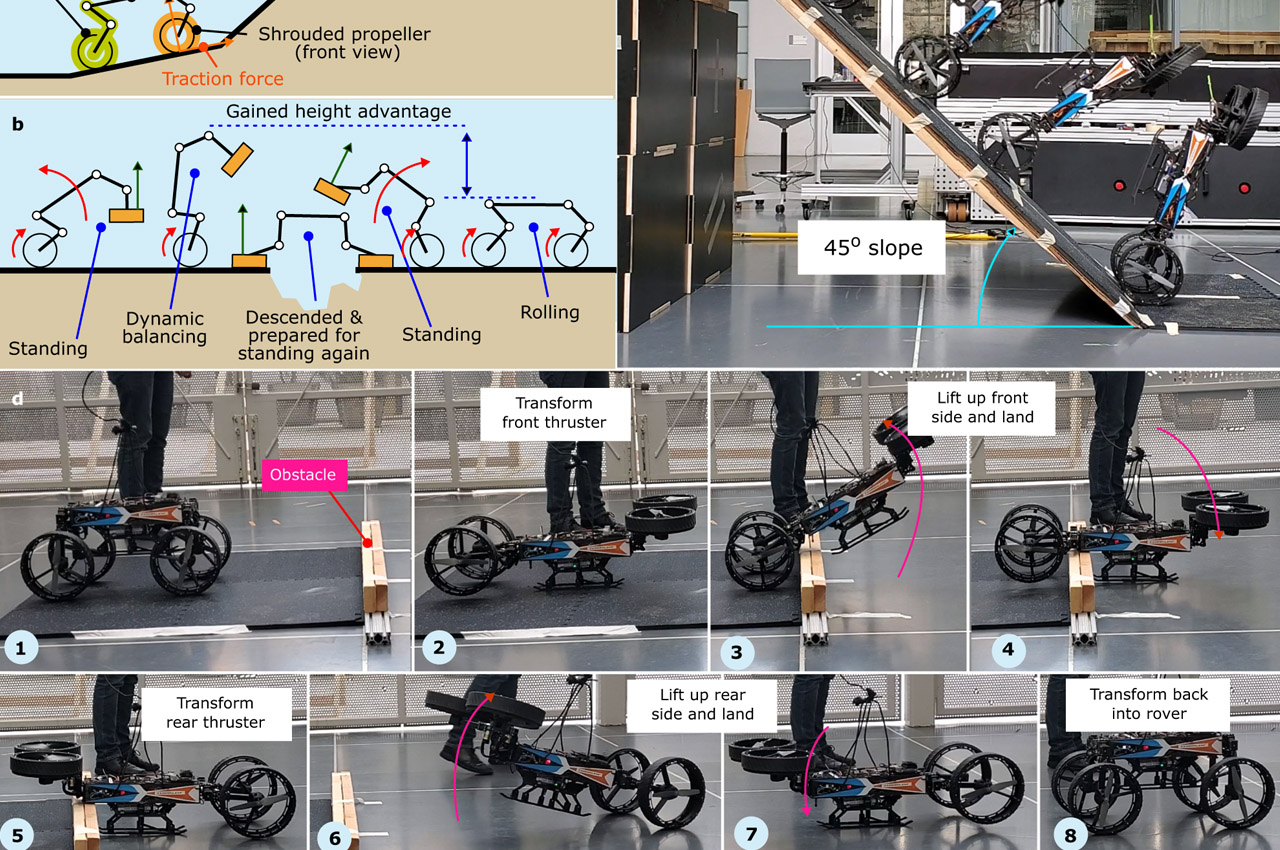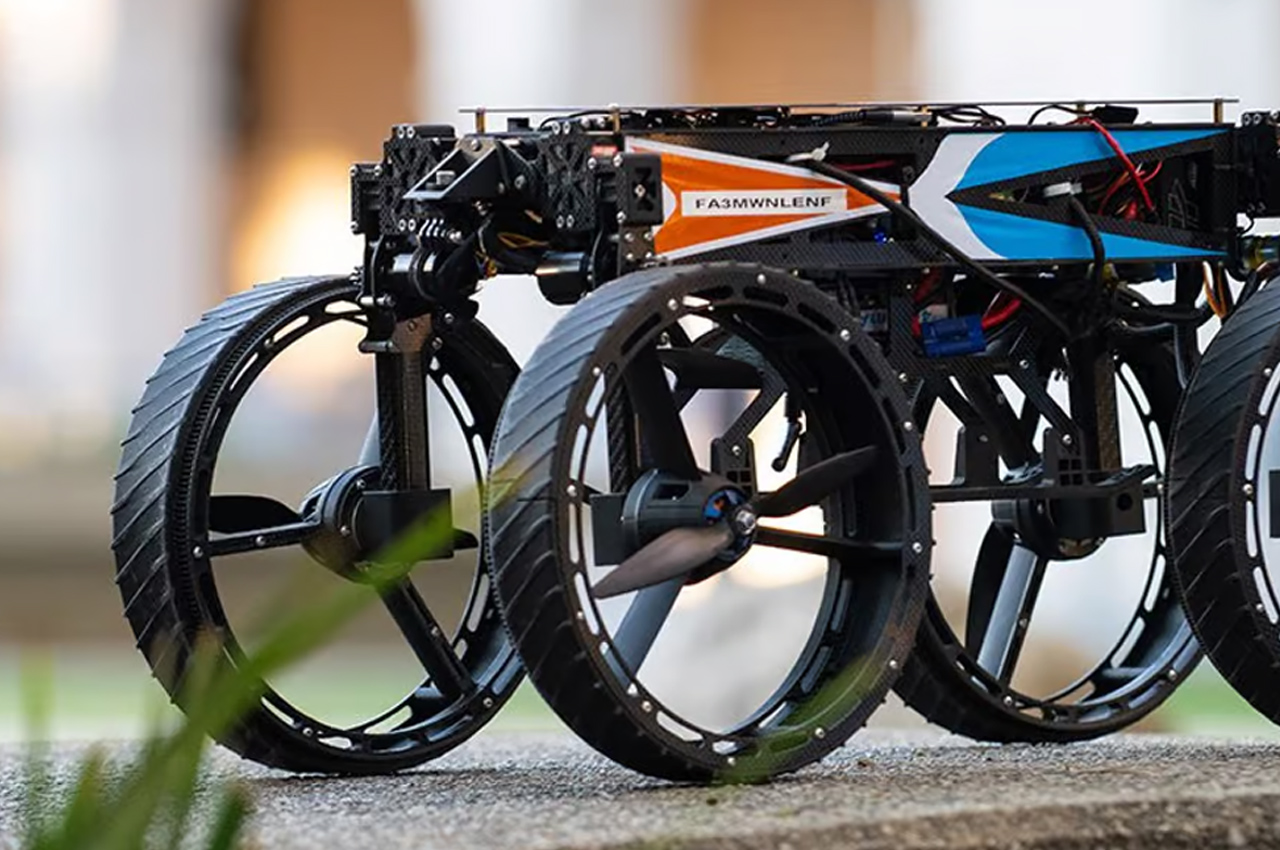Most of us probably think of robots as industrial arms that assemble cars, rolling discs that clean up floors, or menacing skeletal figures out to destroy humanity. Of course, there are also a growing number of robots that would normally be classified as toys but can actually behave like mechanical pets, down to their adorable and sometimes mischievous behaviors as well. Robot dogs like Sony’s Aibo have made headlines before, and there are some like robot cats recently as well. This particular furry robot, however, eschews typical animal forms to offer a simpler but cuddlier robot that can’t really do much other than make you feel warm and fuzzy inside.
Designer: Casio, Vanguard Industries
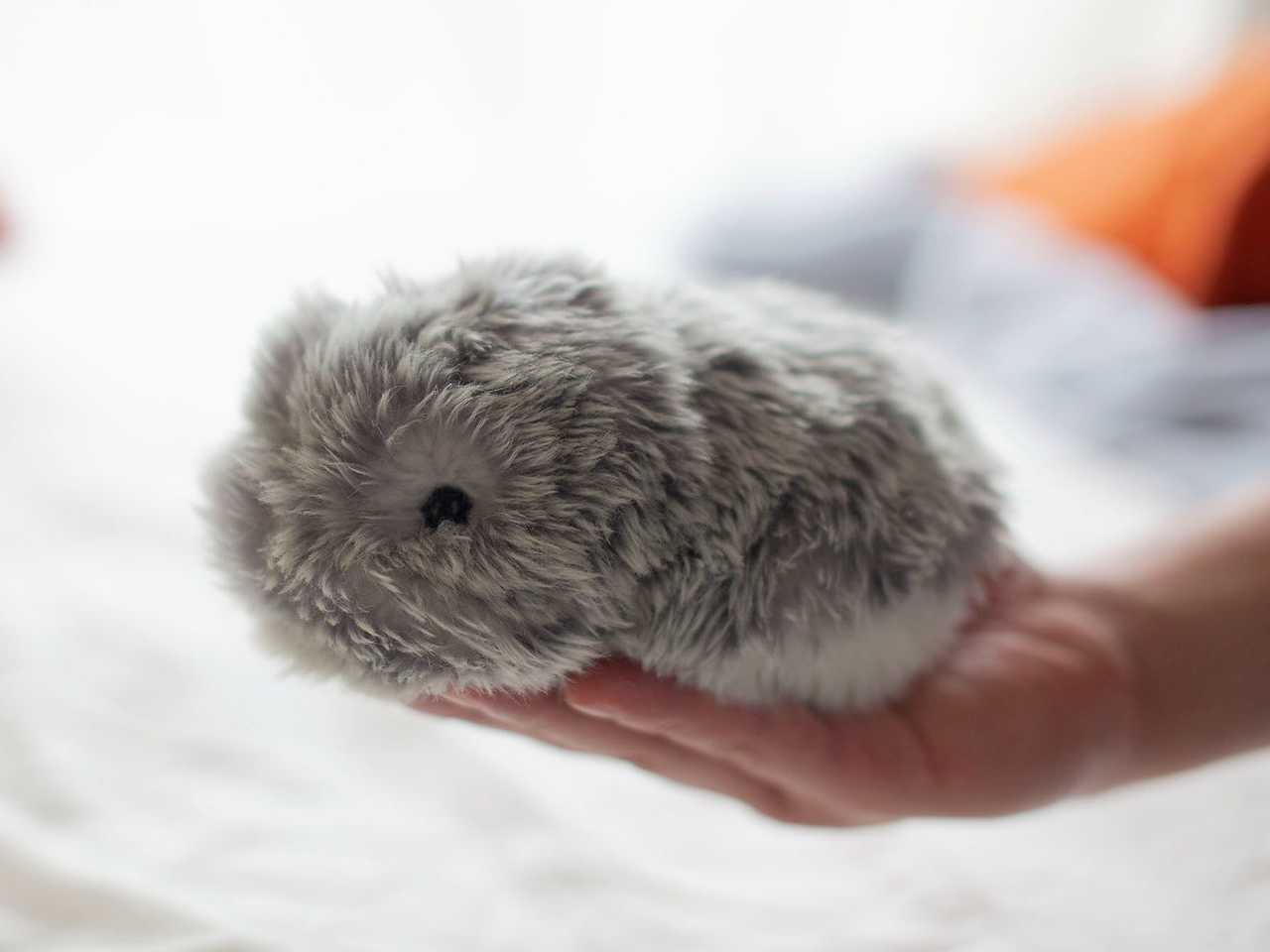

Truth be told, not everyone will find Moflin cute and cuddly. It’s definitely a furry critter, one that’s like a very fat and big hairy caterpillar with two beady eyes or a rodent so fat you can’t even see its legs, which could trigger some people. It even wiggles and curls around like a worm. On the upside, it won’t be going around and tripping up like a dog or cat, so maintenance is simpler as well.


Unlike robot dogs and cats that try to mimic their flesh and blood counterparts, Moflin is meant to just provide joy and comfort with the feeling of something (subjectively) cute and furry cuddling up to you and seemingly responding to your love and care. It’s pretty much similar to having a stuffed toy, except it’s more dynamic and feels a bit more alive, which could actually make some people feel a bit uneasy.
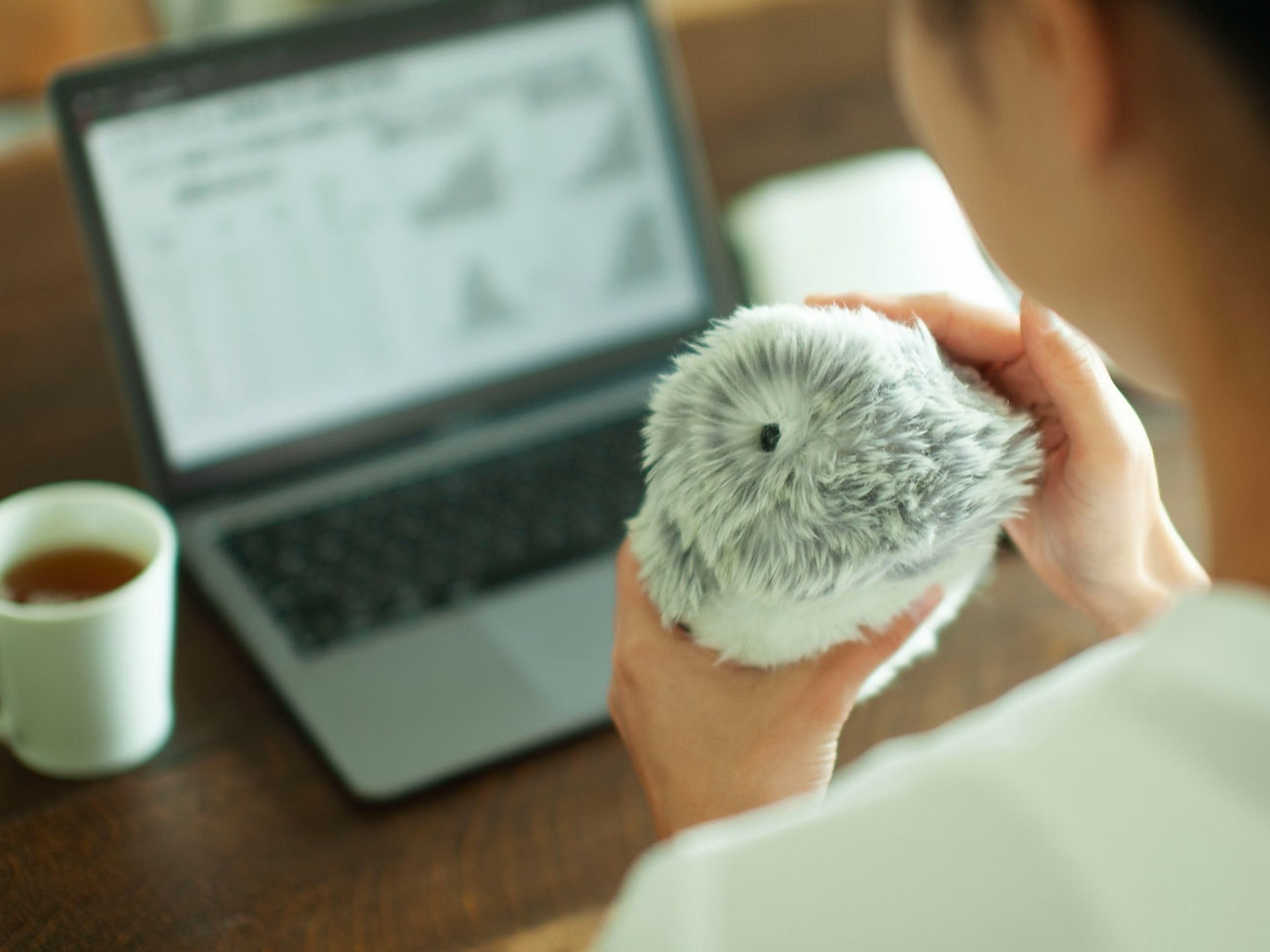

Of course, Moflin has a smidgen of everyone’s favorite AI, and each robot is supposed to have its own unique personality developed through your daily interactions. It also has the semblance of emotions expressed through movement and sounds, such as trembling when stressed or whistling when happy. That said, the actual emotions the robot is “feeling” can only be read through the companion smartphone app. For the sake of immersion, Moflin’s charger isn’t just some cable or wireless charging pad but an oval bowl that looks like a bed made especially for it.


Moflin actually went on crowdfunding back in 2020, but Casio is now making it more generally available for around $400. The catch is that, at least for now, it’s only available in Japan, and there is no word yet on whether it will be wiggling its way into people’s arms globally.

The post Cute fluffy robot pet is designed to provide emotional support first appeared on Yanko Design.
